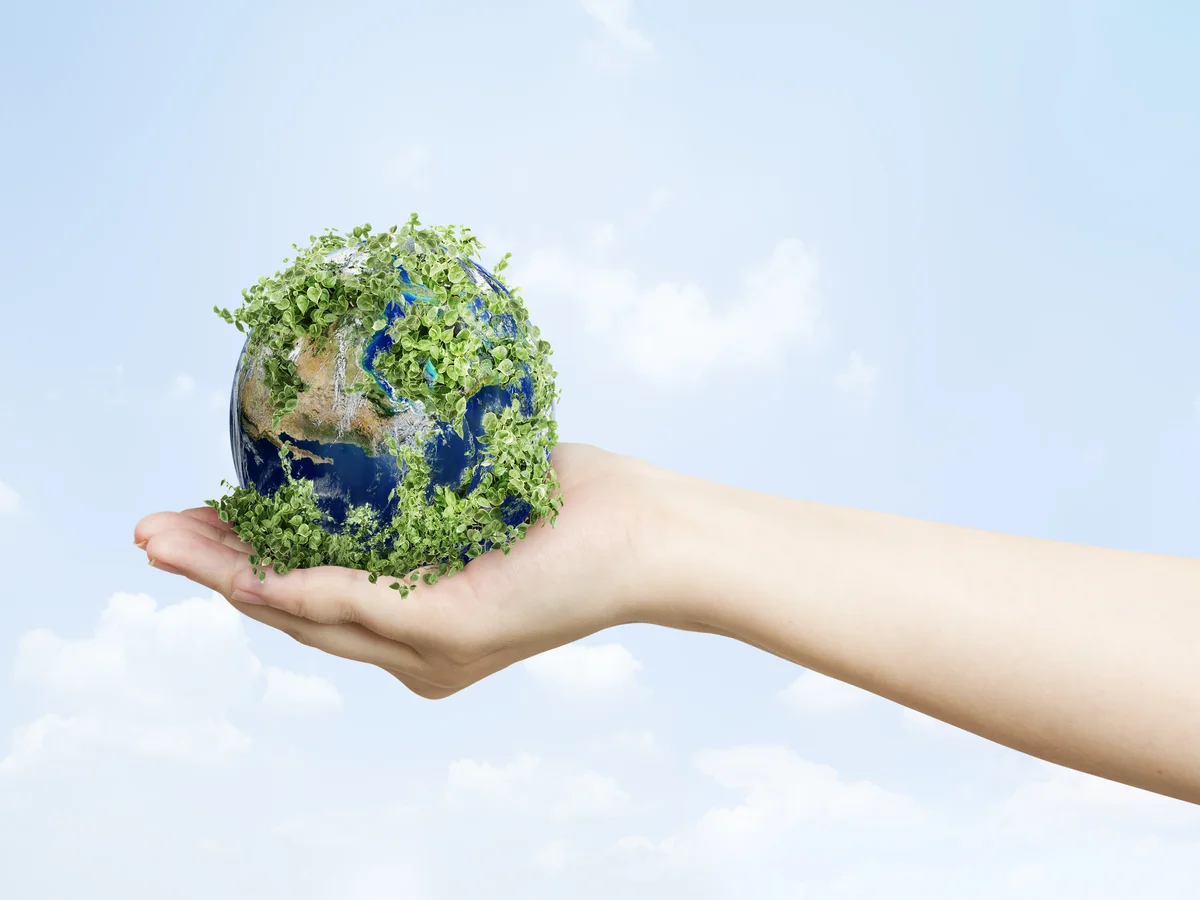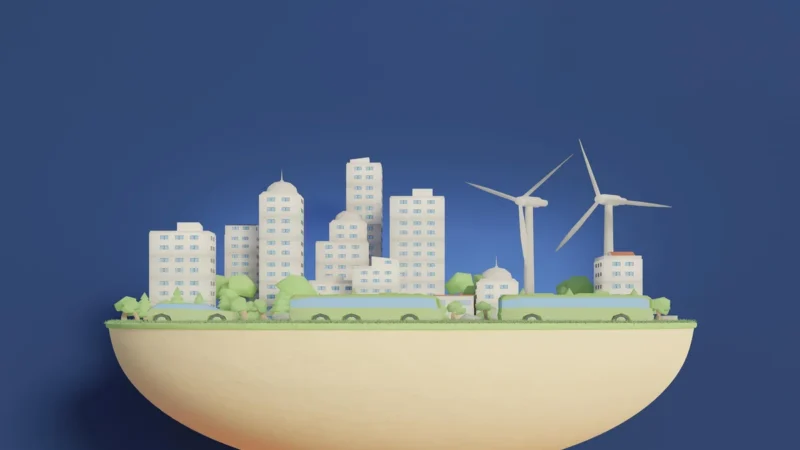Top Environmental Challenges Facing the World in 2023

In 2023, the world continues to face significant environmental challenges that require immediate attention and action. These challenges, stemming from human activities and natural processes, threaten the delicate balance of our ecosystems and the well-being of all life on Earth. This article explores the top environmental challenges of 2023, providing a detailed explanation of each issue and highlighting the keywords frequently searched by concerned individuals.
I. Climate Change:
Climate change remains one of the most pressing environmental challenges in 2023. The Earth’s average temperature is rising due to the increased concentration of greenhouse gases in the atmosphere, primarily caused by human activities such as burning fossil fuels and deforestation. The consequences include more frequent and intense heatwaves, extreme weather events, rising sea levels, and disruptions to ecosystems and biodiversity. International efforts, such as the Paris Agreement, aim to mitigate climate change by reducing emissions and transitioning to renewable energy sources.
II. Loss of Biodiversity:
The loss of biodiversity poses a significant threat to ecosystems and the well-being of humanity. Human activities, including deforestation, pollution, overfishing, and habitat destruction, have led to the extinction of numerous species. This loss disrupts ecosystem functions, reduces resilience, and limits the availability of essential resources. Conservation initiatives, protected areas, and sustainable practices are crucial for preserving biodiversity and maintaining ecological balance.
III. Water Scarcity:
Water scarcity is a growing concern in many regions of the world, affecting both humans and ecosystems. Population growth, climate change, and unsustainable water management practices contribute to the depletion of freshwater resources. Additionally, water pollution from industrial and agricultural activities further exacerbates the problem. Improving water management, promoting water conservation, and implementing sustainable agricultural practices are vital for addressing water scarcity and ensuring access to clean water for all.
IV. Air Pollution:
Air pollution continues to be a significant environmental challenge, particularly in densely populated areas and industrial regions. Emissions from vehicles, power plants, industrial processes, and burning fossil fuels contribute to the presence of harmful pollutants in the air. The consequences of air pollution include respiratory and cardiovascular diseases, reduced air quality, and negative impacts on ecosystems. Adopting cleaner technologies, promoting renewable energy, and implementing stricter emission regulations are essential steps in combating air pollution.
V. Deforestation:
Deforestation, driven by agricultural expansion, logging, and urbanization, poses a severe threat to global ecosystems. The loss of forests not only reduces carbon sequestration but also disrupts habitats, exacerbates climate change, and impairs water cycles. Efforts to combat deforestation involve promoting sustainable land use practices, protecting forests, and supporting reforestation initiatives.
Key Takeaways:
The environmental challenges facing the world in 2023 are diverse and interconnected. Addressing these challenges requires a combination of global cooperation, policy changes, sustainable practices, and individual actions. By focusing on climate change, loss of biodiversity, water scarcity, air pollution, and deforestation, we can work towards a sustainable and resilient future for the planet and its inhabitants.
FAQs
What is climate change?
Climate change refers to long-term shifts in weather patterns caused by the increase in greenhouse gases, primarily from human activities. It leads to rising global temperatures, extreme weather events, and environmental disruptions.
Why is biodiversity loss a concern?
Biodiversity loss refers to the extinction of species, which disrupts ecosystems and reduces resilience. It affects vital services like pollination, nutrient cycling, and disease control, posing a threat to human well-being and the balance of nature.
How does water scarcity impact us?
Water scarcity occurs when the demand for water exceeds its availability. It affects agriculture, public health, and ecosystems. Sustainable water management practices, conservation efforts, and reducing pollution are key to addressing this issue.
What are the health effects of air pollution?
Air pollution can lead to respiratory and cardiovascular diseases, especially in areas with high levels of particulate matter and pollutants. Breathing clean air is essential for maintaining good health and well-being.
Why is deforestation a problem?
Deforestation involves the clearing of forests for agriculture, logging, and urbanization. It contributes to climate change, disrupts habitats, and threatens biodiversity. Forest conservation and reforestation efforts are critical for ecosystem restoration.
What can individuals do to help the environment?
Individual actions matter. You can reduce your carbon footprint by conserving energy, using public transportation or biking, supporting sustainable products, practicing recycling, and raising awareness about environmental issues in your community.


